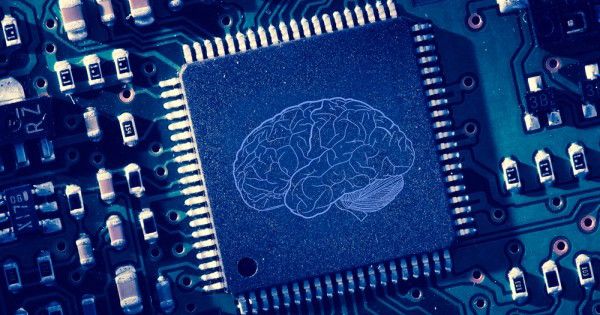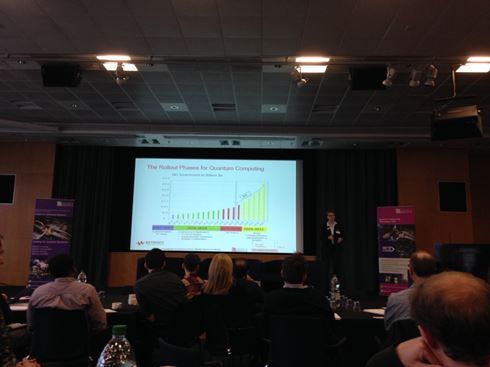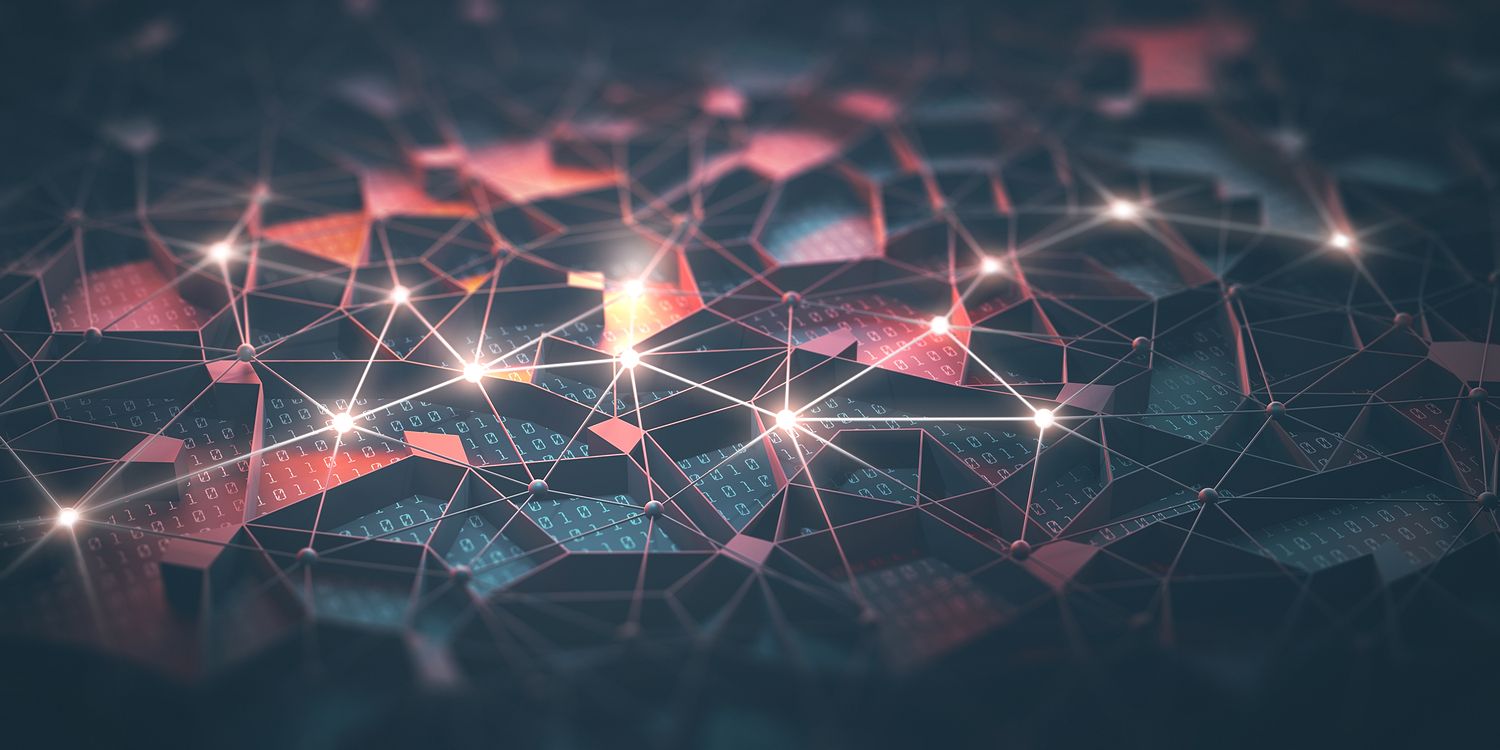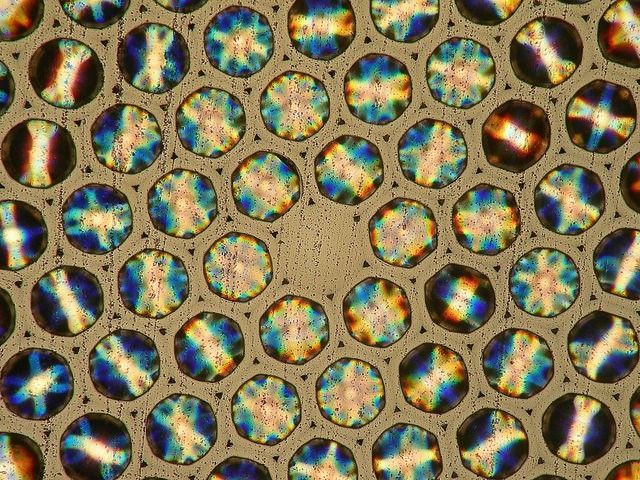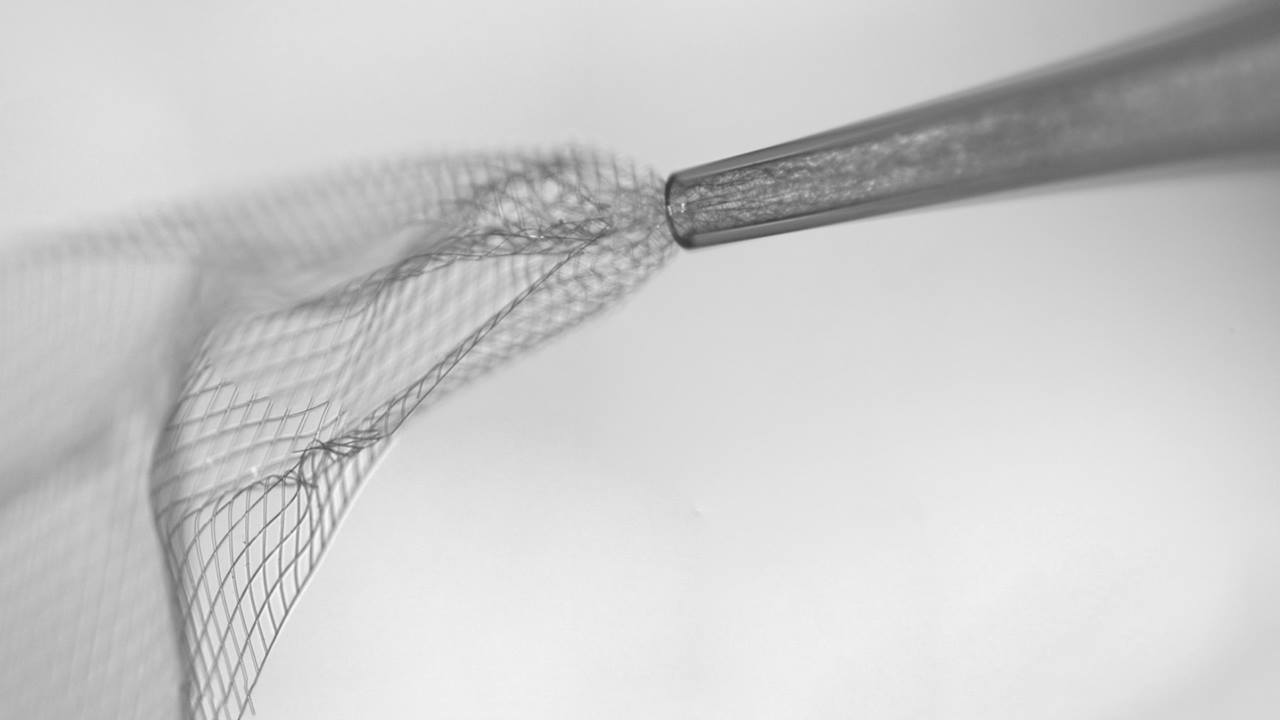Page 10255
Nov 24, 2016
Universities’ AI Talent Poached by Tech Giants — By Daniela Hernandez and Rachael King | The Wall Street Journal
Posted by Odette Bohr Dienel in categories: business, education, robotics/AI
“Alphabet Inc.’s Google division last week hired the director of Stanford University’s artificial intelligence lab to lead a new AI unit, the latest in a long line of academic stars in artificial intelligence lured away by tech giants.”
Nov 24, 2016
Gravity may have chased light in the early universe
Posted by Andreas Matt in categories: physics, space
By Michael Brooks
It’s supposed to be the most fundamental constant in physics, but the speed of light may not always have been the same. This twist on a controversial idea could overturn our standard cosmological wisdom.
In 1998, Joao Magueijo at Imperial College London, proposed that the speed of light might vary, to solve what cosmologists call the horizon problem. This says that the universe reached a uniform temperature long before heat-carrying photons, which travel at the speed of light, had time to reach all corners of the universe.
Continue reading “Gravity may have chased light in the early universe” »
Nov 24, 2016
Happy Thanksgiving from SENS Research :D
Posted by Steve Hill in categories: biotech/medical, life extension
Happy Thanksgiving! This year during your holiday meal, share what you are thankful for and think about how to pay it forward on #GivingTuesday.
We are working hard to treat age-related diseases so that we all get to enjoy more wonderful days together like this. We need your help to do it.
Continue reading “Happy Thanksgiving from SENS Research :D” »
Nov 24, 2016
Predicting the Order of Arrival of the First Rejuvenation Therapies
Posted by Steve Hill in categories: biotech/medical, life extension
Speculation about what order rejuvenation biotechnologies will arrive.
The first rejuvenation therapies to work well enough to merit the name will be based on the SENS vision: that aging is at root caused by a few classes of accumulated cell and tissue damage, and biotechnologies that either repair that damage or render it irrelevant will as a result produce rejuvenation. Until very recently, no medical technology could achieve this goal, and few research groups were even aiming for that outcome. We are in the midst of a grand transition, however, in which the research and development community is finally turning its attention to the causes of aging, understanding that this is the only way to effectively treat and cure age-related disease. Age-related diseases are age-related precisely because they are caused by the same processes of damage that cause aging: the only distinctions between aging and disease are the names given to various collections of symptoms. All of frailty, disease, weakness, pain, and suffering in aging is the result of accumulated damage at the level of cells and protein machinery inside those cells. Once the medical community becomes firmly set on the goal of repairing that damage, we’ll be well on the way to controlling and managing aging as a chronic condition — preventing it from causing harm to the patient by periodically repairing and removing its causes before they rise to the level of producing symptoms and dysfunction. The therapies of the future will be very different from the therapies of the past.
The full rejuvenation toolkit of the next few decades will consist of a range of different treatments, each targeting a different type of molecular damage in cells and tissues. In this post, I’ll take a look at the likely order of arrival of some of these therapies, based on what is presently going on in research, funding, and for-profit development. This is an update to a similar post written four years ago, now become somewhat dated given recent advances in the field. Circumstances change, and considerable progress has been made in some lines of research and development.
Continue reading “Predicting the Order of Arrival of the First Rejuvenation Therapies” »
Nov 24, 2016
Quantum technology 2.0
Posted by Karen Hurst in categories: quantum physics, transportation
Nice update and glad the author mentioned Airbus, Gooch and Housego as I often see these 2 contributors missed in QC roadmap and companies engaged on QC activities. Airbus has been heavily involved with QC research and development for a few years now.
Physicsworld.com — news, views and information for the global physics community from Institute of Physics Publishing.
Nov 24, 2016
New quantum states for better quantum memories
Posted by Karen Hurst in categories: computing, particle physics, quantum physics
How can quantum information be stored as long as possible? An important step forward in the development of quantum memories has been achieved by a research team of TU Wien.
Conventional memories used in today’s computers only differentiate between the bit values 0 and 1. In quantum physics, however, arbitrary superpositions of these two states are possible. Most of the ideas for new quantum technology devices rely on this “Superposition Principle.” One of the main challenges in using such states is that they are usually short-lived. Only for a short period of time can information be read out of quantum memories reliably, after that it is irrecoverable.
A research team at TU Wien has now taken an important step forward in the development of new quantum storage concepts. In cooperation with the Japanese telecommunication giant NTT, the Viennese researchers lead by Johannes Majer are working on quantum memories based on nitrogen atoms and microwaves. The nitrogen atoms have slightly different properties, which quickly leads to the loss of the quantum state. By specifically changing a small portion of the atoms, one can bring the remaining atoms into a new quantum state, with a lifetime enhancement of more than a factor of ten. These results have now been published in the journal “Nature Photonics.”
Nov 24, 2016
Quantum Computers Could Crush Today’s Top Encryption in 15 Years
Posted by Karen Hurst in categories: encryption, finance, quantum physics, robotics/AI
I believe we’re really looking at less than 10yrs given the speed of evolution of QC to date. Instead of two new QC discoveries each year to advance QC; we’re now seeing 2 new discoveries every 2 months now not to mention China and US advancements on networking and communications and scalable QC for devices which Google plans to release their QC device in 2017.
Quantum computers could bring about a quantum leap in processing power, with countless benefits for fields like data science and AI. But there’s also a dark side: this extra power will make it simple to crack the encryption keeping everything from our emails to our online banking secure.
A recent report from the Global Risk Institute predicted that there is a one in seven chance vital cryptography tools will be rendered useless by 2026, rising to a 50% chance by 2031. In the meantime, hackers and spies can hoover up data encrypted using current approaches and simply wait until quantum computers powerful enough to crack the code have been developed.
Continue reading “Quantum Computers Could Crush Today’s Top Encryption in 15 Years” »
Nov 24, 2016
More reliable way to produce single photons
Posted by Karen Hurst in categories: computing, particle physics, quantum physics
Physicists at the University of Bath have developed a technique to more reliably produce single photons that can be imprinted with quantum information.
The invention will benefit a variety of processes which rely on photons to carry quantum information, such as quantum computing, secure quantum communication and precision measurements at low light levels.
Photons, particles of light, can be imprinted with information to be used for things like carrying out calculations and transmitting messages. To do this you need to create individual photons, which is a complicated and difficult process.
